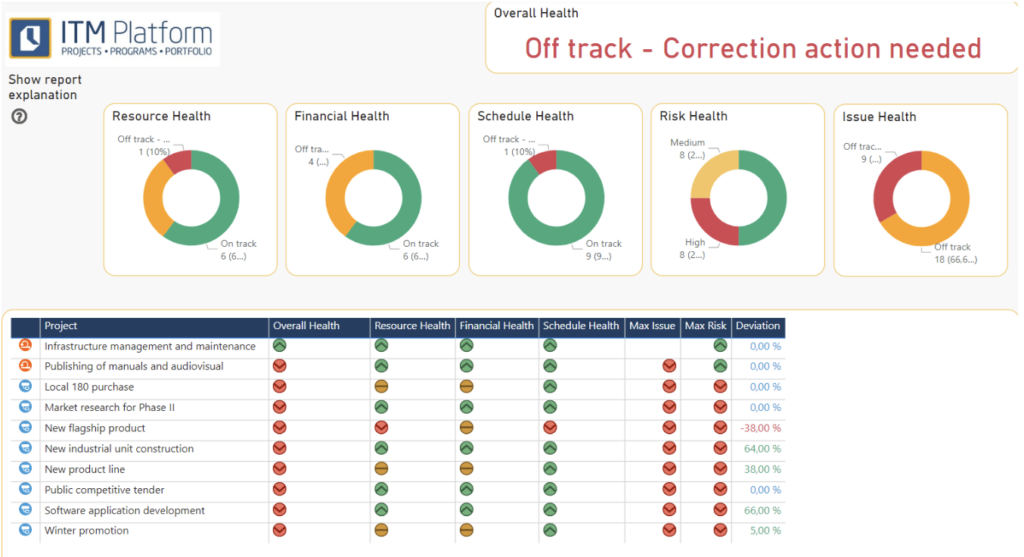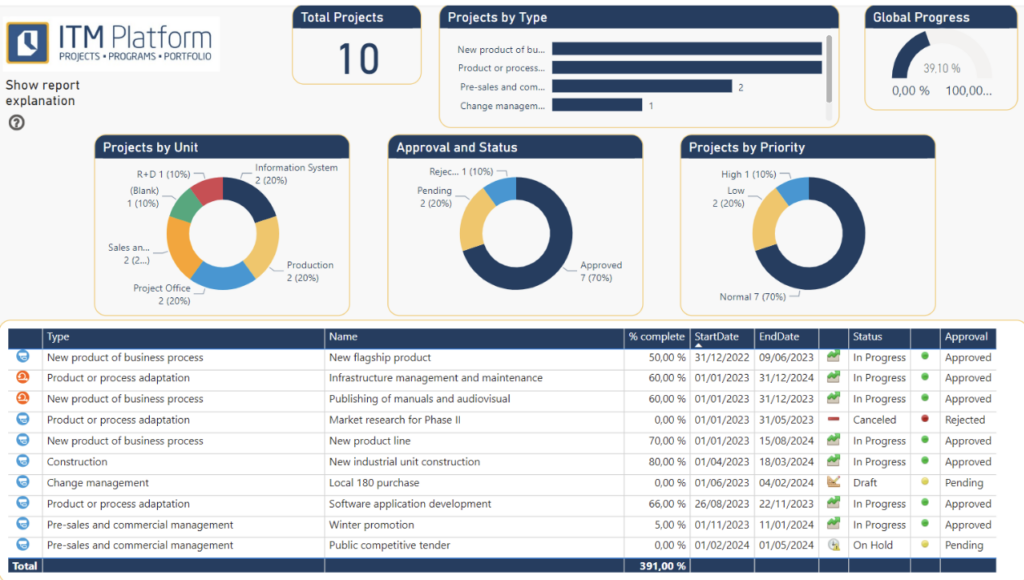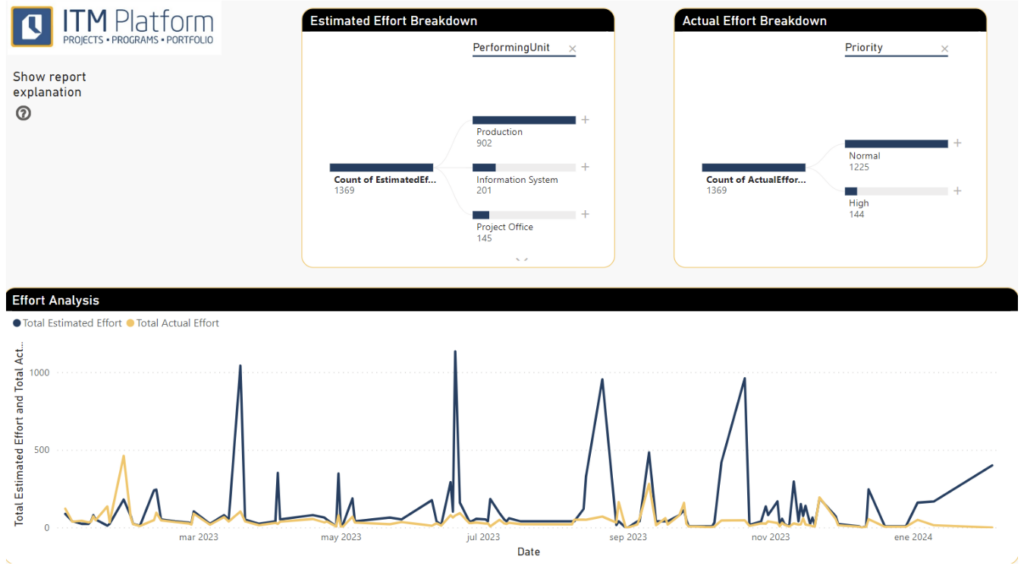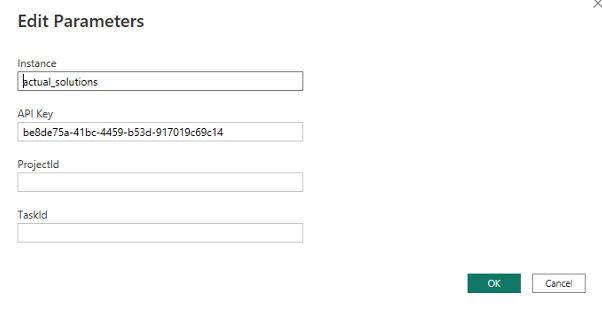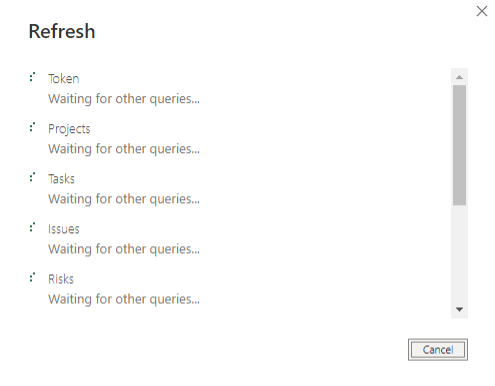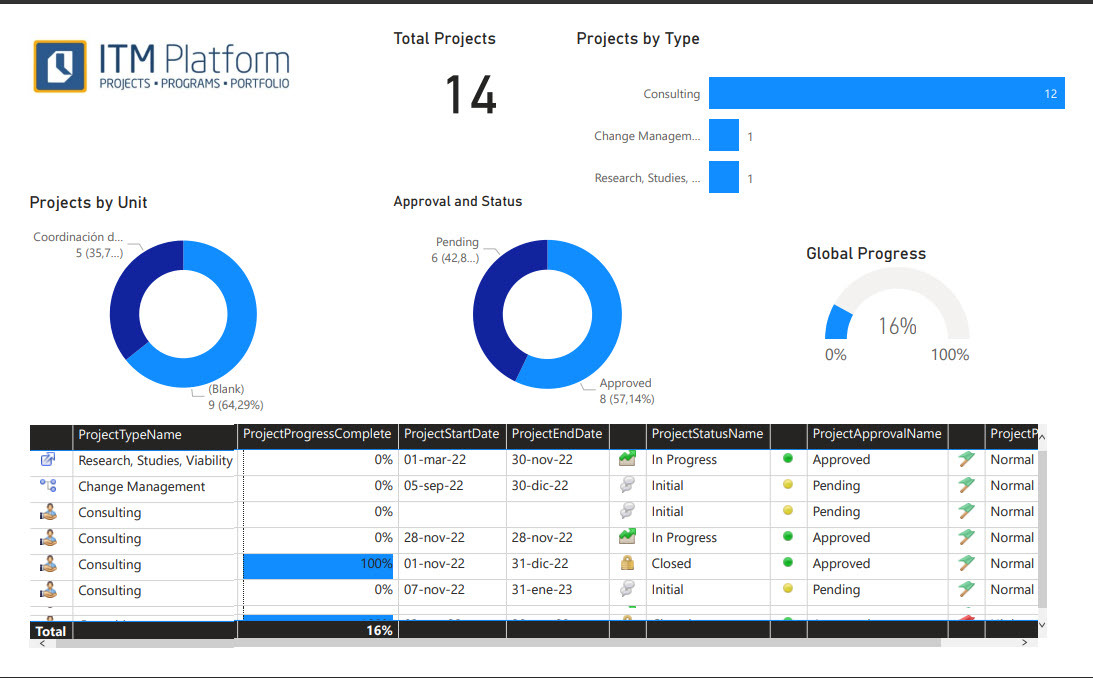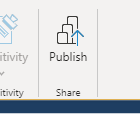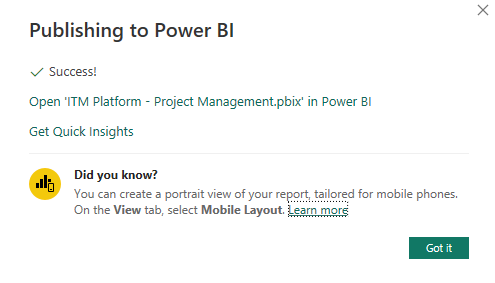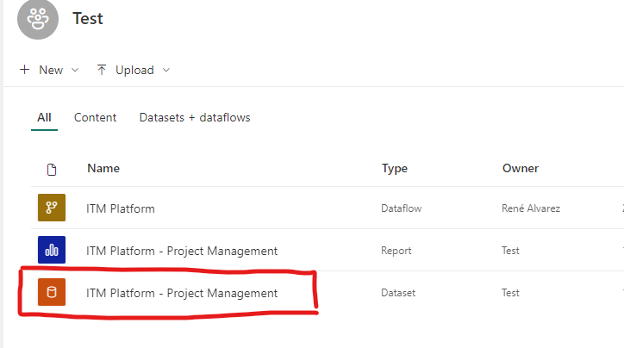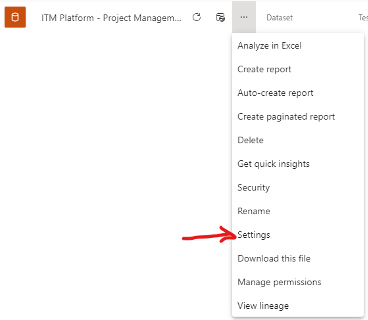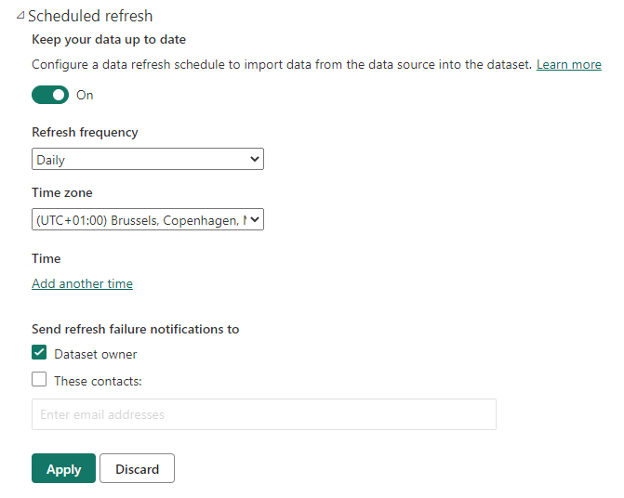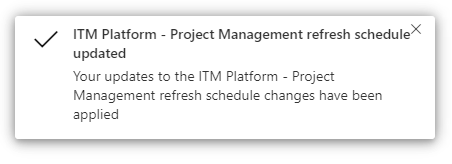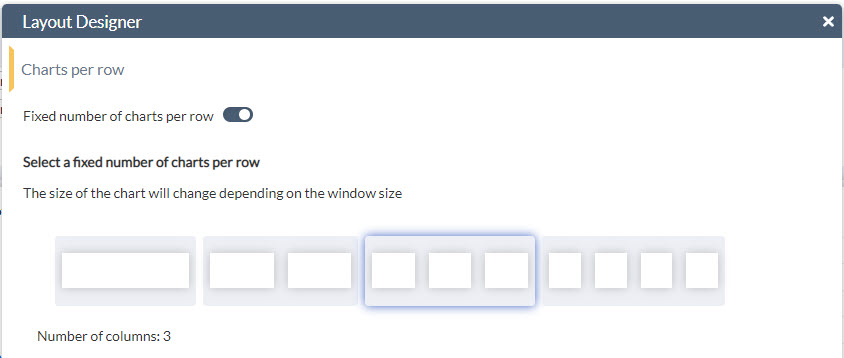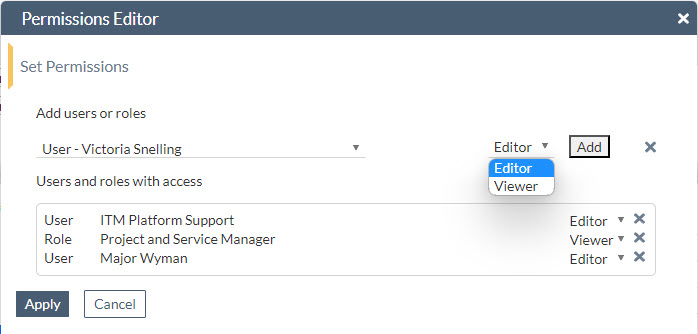AI-Generated Reports Feature
AI-Generated Reports Feature
Introduction
In project management, clear and effective communication is essential, particularly when working with diverse teams and complex projects. Traditional tools like dashboards are valuable, but they can sometimes present challenges in interpretation for all stakeholders.
To support clarity, ITM Platform offers an AI-Generated Reports Feature. This uses the capabilities of Generative AI to transform complex project data into clear, concise reports. It is designed to be accessible to stakeholders of all levels, regardless of their familiarity with project management terminology or data analysis.
The AI-Generated Reports Feature operates by analyzing and summarizing the extensive data generated in project management activities. It processes various data types, including financial information, time estimates, risk assessments, and more, converting them into an easily digestible format.
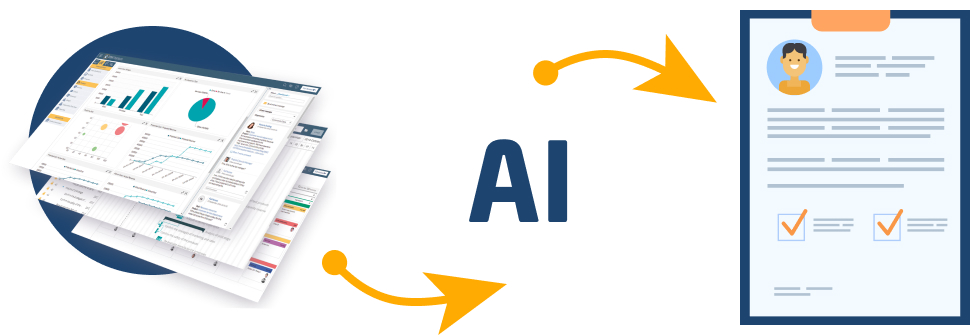
How to Use the AI Reporting Feature
- Navigate to the “Progress” tab in your project. Here, you’ll find a button labeled “AI Report.”
![]()
- Click on the “AI Report” button. The report will be processed and sent to your email within a few minutes.
- The “AI Report” button will remain disabled for the specific project until the report is delivered to your email.
- Interpreting the Report. Please note that, as an AI-generated report, it may contain inaccuracies. It provides an overview and is not intended as a detailed analysis tool. For a comprehensive analysis, refer to our dashboards (How to Use Customizable Dashboards).
Weekly Subscription to Reports
From the same section, choose “Subscribe to the AI report”. You will receive an immediate report, and then one each week with any updates that have occurred.

The administrator can select the project statuses that can be subscribed to from the ‘Parameters > Projects > Project Statuses’ section.
Who are subscriptions useful for?
- Project Managers, to have up-to-date information
- Managers and stakeholders who connect to ITM Platform less frequently but want to stay informed about the progress of the most relevant projects.
How It Works in the Background
The AI reporting feature operates by:
- Data Collection: Gathering raw data from your project in a machine-readable format.
- Data Processing: Different project management methodologies yield various data types. For instance, Waterfall projects calculate Earned Value metrics, while Agile projects focus on task flow. Common data elements like financials, risks, issues, and time reports are also included.
- AI Processing: This raw data undergoes preprocessing and is fed into an AI model. The AI then generates a human-readable report directly sent to your email.
Security and Data Handling
- Third-Party AI Systems: We utilize advanced AI systems like Azure AI and OpenAI for processing.
- Data Anonymity: No company-identifiable data or project names are shared.
- Preprocessing of Data: Data is preprocessed to minimize the risk of identification. However, please be aware that some data may potentially lead to identifying your company or project.
- Encryption and Privacy: All communications are encrypted. There is no data retention in third-party services, nor is your data used to train other models.
The AI Reporting Feature on ITM Platform simplifies the interpretation of complex data, ensuring project insights are easily accessible to stakeholders at all levels.


